Service Dog Tracking Problems
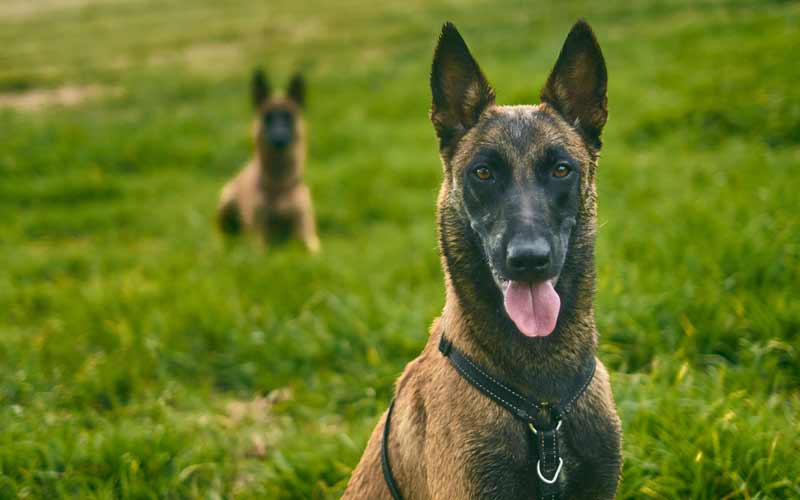
Do you have a problem with your department's tracking program? Have you ever heard this statement, "A friend or training partner has a Police Service Dog or a Search & Rescue Dog that never finds anyone when called out"? If the truth were known, most American police departments do have problems with their tracking performance, but the supervisors (and in most cases, the handlers) don't know where to start to correct this problem.
It's the same old story, "My dog could not track the suspect because…"
- There were too many people running around and they contaminated the track.
- There was too much wind or they waited too long to call me.
- My dog got distracted by the other police dogs. They were too close to old Max.
This list can go on and on.
If you are a supervisor and you are concerned about the results of your tracking dogs, the place to start correcting the situation is with the handler. He needs to be convinced that the problem lies with him and his dog and more importantly, he needs to know that you know this. He needs to understand that the excuses that he gives are not valid.
From a supervisor's standpoint, the goal needs to be to convince the handler of this without offending him (unless absolutely necessary). It always works better to also motivate him to want to get out and correct the situation.
The best way to accomplish this is by setting up "Unknown Tracks". This is where a tracklayer goes out and lays a track in the country by himself. The handler has no idea where the track goes. The end of the track is always downwind of the dog, so the dog has to follow a track to locate the suspect. If the track is into the wind, (this means that the suspect is upwind, so the wind can carry his scent from the suspect to the dog) many dogs can wind scent a hidden suspect 1/4 miles away. We don't want this in tracking training. Wind scenting is an entirely different skill, it is not tracking.
With unknown tracks, the handler is only taken to the starting point and told that “Forty-five minutes ago, a suspect fled from this point. He left a vehicle on a side road and we don't know which way he ran.”
The handler is expected to locate the track. He has a 360-degree option for a direction of travel. We don't tell him where the suspect went. He is expected to find 3 or 4 well-scented articles that are left on the track (we use rags that the tracklayer slept with the night before). If possible, the track should cross fences one or two roads and have a number of turns. The age of the track can be different depending on the weather. In 85-to-90-degree temperatures, it is pretty difficult to follow 45-minute old tracks. But if it's nighttime and cool, the track can be several hours old and no problem for a dog.
By starting in the country, we accomplish a number of things. First, we eliminate a great deal of distractions for the dog. Country tracks are the easiest tracks for a dog to follow. If a dog only works in a city, the country tracks are a breeze. Also by laying these country tracks, we put a handler in a position where there aren't anymore excuses to use. Either he and his dog can find the track and follow it or they can't.
My feeling is if a service dog cannot locate an unknown country track and follow it a minimum of a mile, then it should not be used in call-outs for tracking. I will restate this. If a dog can't find unknown tracks in training, how can we expect it to find unknown tracks in real work? If a dog can't find unknown tracks in the country, how can we expect it to find them in the city where there are a thousand more distractions? If a service dog's training records reflect that it cannot find unknown tracks in training, how can that dog be used in a courtroom situation to testify in tracking cases?
The reason I even write this article is because I feel that 90% of the American service dogs fall into this category. For years I had the same problem. I did not know where to go to get out of it. It's frustrating and embarrassing to be called out and consistently not find people, yet this is all too common with service dogs.
Usually, when a handler knows he is going to be faced with unknown track, he is going to get out and train. No one wants to be put in a position of constantly failing and the only way to successfully accomplish unknown tracks is to train. Just so everyone keeps the work in perspective, it should only take 35 to 45 country tracks to get a dog to track a one-mile unknown track with articles. This is not a horrendous job. It can be done in a month with a green dog tracking twice a day.
There are still too many instructors and vendors out there telling people they need to train their dogs to track with food. They want them to go out 3 or 4 times a week and lay a 400-yard track and put hot dogs down with a ball at the end. Handlers kill themselves doing this, mistakenly thinking that their dogs are benefiting from this training. When in fact, the only thing they are doing is getting a little exercise and some treats. If you are a handler that fits this profile, the best advice I can give you is "Don't ever do another food track in your life. It's a waste of your valuable time."
If you want to be convinced of this, start running unknown tracks. If you are lucky and have a natural tracker, he'll run it successfully. Then run an unknown track in the industrial park at the edge of town. If he can do this (which food trackers cannot because of the roads and the long periods of time required to search during a track loss situation), then take him into the alleys and yards of a normal subdivision. I will guarantee you that these dogs will NEVER follow unknown tracks in the neighborhoods. They can't deal with the cats and dogs and kids and the garbage.
I just certified my service dog in RCMP Level II tracking. This is a dog that has found people in 3 of the last 4 call-outs (all in rural situations). In the 4th one, we tracked the suspect about a mile to a truck stop. He was one hour ahead of us and we saw his footsteps every now and then in the sand so I knew the dog had his track. We did not catch him so I can't call it a successful track.
Last week, I ran my first training track in the city with this dog. It was a 15-minute-old alley track that was 5 blocks long. This is a super young tracking dog. He had loads of problems. He is not dog aggressive, he is not a pighead, and he still had problems. What surprised me here is that this dog is such a good tracker in the country and he had so many problems in the city, I thought he would breeze through it. He didn't because the distractions got him. There is too much for an inexperienced dog to ignore. It takes 25 to 35 of these tracks before the dogs come around and ignore the distractions. It is worth mentioning that some dogs can never be trained to track in the city because they are too distracted by other dogs and the smells of the city. These dogs are then very limited in their service. My feeling is they should be washed from the program and a new dog started. Unfortunately, most departments will not go along with this from a financing standpoint.
This situation with my dog once again proved to me that there are no shortcuts to good dog training.
So if you are a supervisor of a K-9 program or if you are training director of a Search & Rescue team. Get started on the RCMP tracking system. Look at the videos I have done with these people. They now use these videos in their police dog training center in Inesvail, Alberta. The RCMP are the best trainers in the world for service dog tracking. No one anywhere can compare to them. People talk about the Germans and their skills as trainers but the Germans can't hold a candle to the RCMP in tracking. Heck, the Germans still certify their police dogs with the DPO tracks which is the same as Schutzhund.




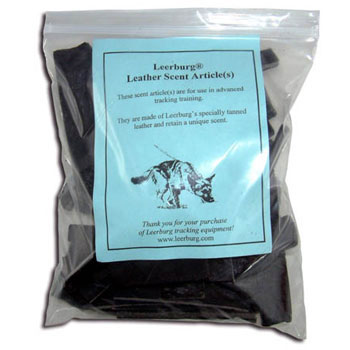

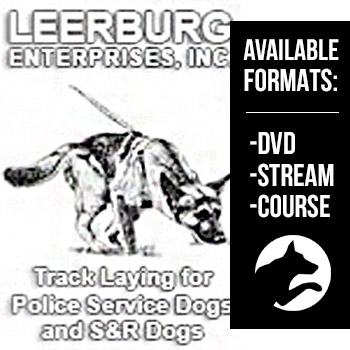


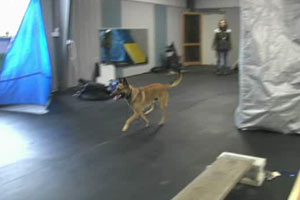
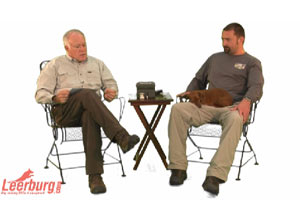
Ask Cindy.